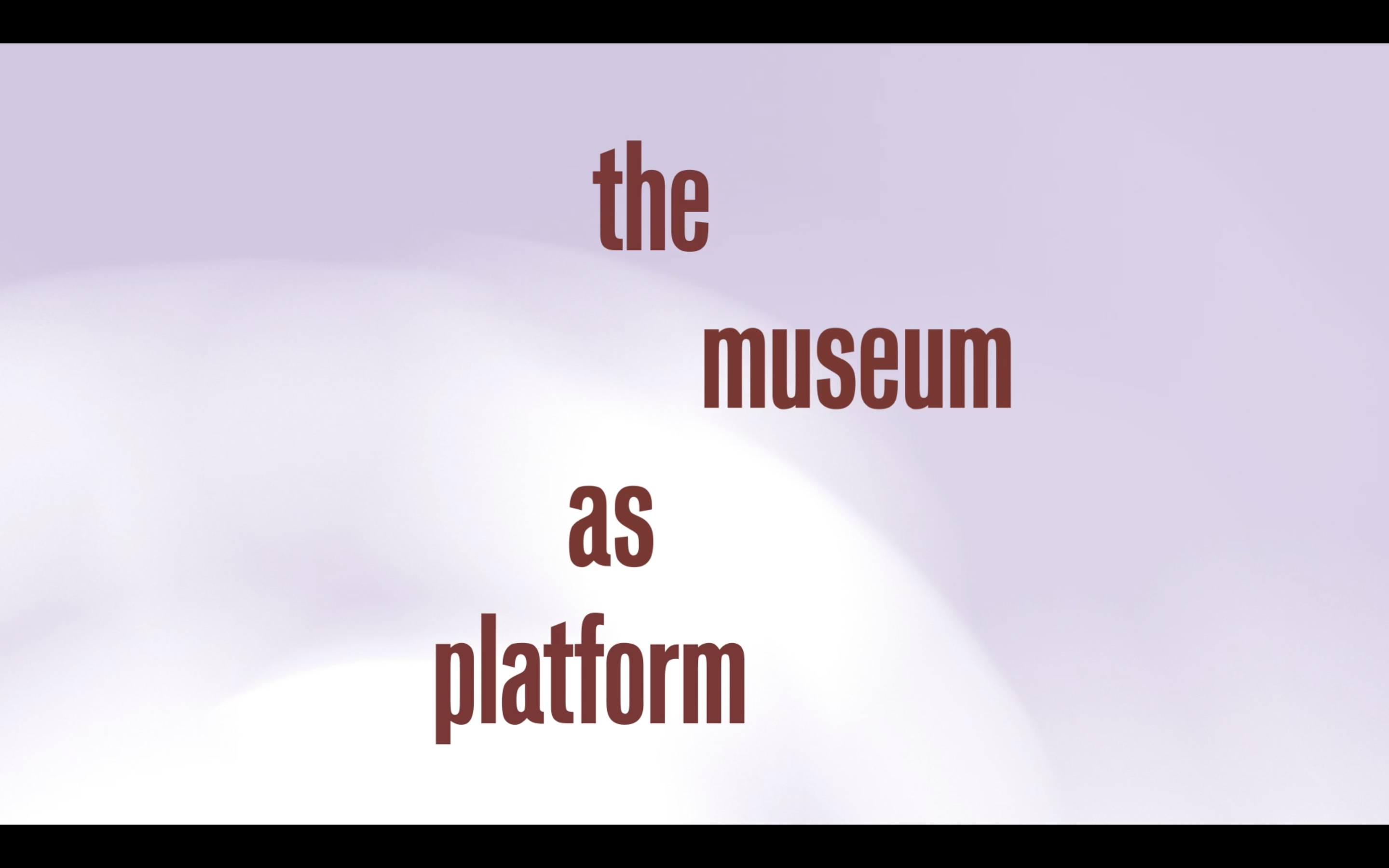
Our planet Earth is a unique, living organism—and all its inhabitants are essential. For more than 4.5 billion years, it has been providing the common habitat for countless species which live in mutual dependence from each other and form the biosphere. It is time to redefine our relationship to this planet and its biological and cultural diversity and to care for, love, and protect it for future generations.
The multidisciplinary exhibition CLIMATE CARE: Reimagining Shared Planetary Futures is the MAK’s main contribution to the Vienna Biennale for Change 2021, which is calling for a change of our mindset with its motto PLANET LOVE: Climate Care in the Digital Age. The exhibition presents a multifaceted spectrum of contributions from art, design, architecture, urbanism, science, technology, activism, and diverse social and cultural initiatives that illustrate pioneering concepts and hopeful empowerment for a great change of civilization. From emotional approaches to concrete solutions, the exhibition reflects on the countless potentials to reimagine the future of our planet Earth in a versatile parcours.
The first chapters of the exhibition are dedicated to this essential change in perspective. They present concepts and projects that convey the urgency to stand up for a planet that is itself an organism and requires our care. Such care has the potential to create a prosperous environment with the ability to recover and regenerate itself.
The curatorial team assumes that climate care is an ideal starting point for the prospective development of a common “more-than-human” future. Through information about the drastic consequences of human exceptionalism lived over centuries, which is harming the planet at an exponentially growing rate, the exhibition is a call to consider the interdependence of all species and the relevance of a biocentric world view.
Our society needs a holistic vision that focuses on a multitude of micro-revolutions and ecological actions in order to seize the levers that need to be thrown for global and systemic change. The chapter “Imaginaries” is laid out as a collective search for ideas, tools, and design strategies that can be applied in selected areas of our everyday lives, such as nurturing, dwelling, moving, and generating, to provide positive impulses and inspiration.
Throughout the exhibition, prototypical design projects, art works, architectural models, urban strategies, and innovative, technology-based processes prove that interdisciplinary collaboration, bottom-up initiatives, and the application of indigenous knowledge can create realistic and feasible solutions that will have a lasting impact on the larger context.
Together, we can take a stand for shared and alternative futures of our planet Earth. We have no time to lose. Let’s start today and engage in CLIMATE CARE!


